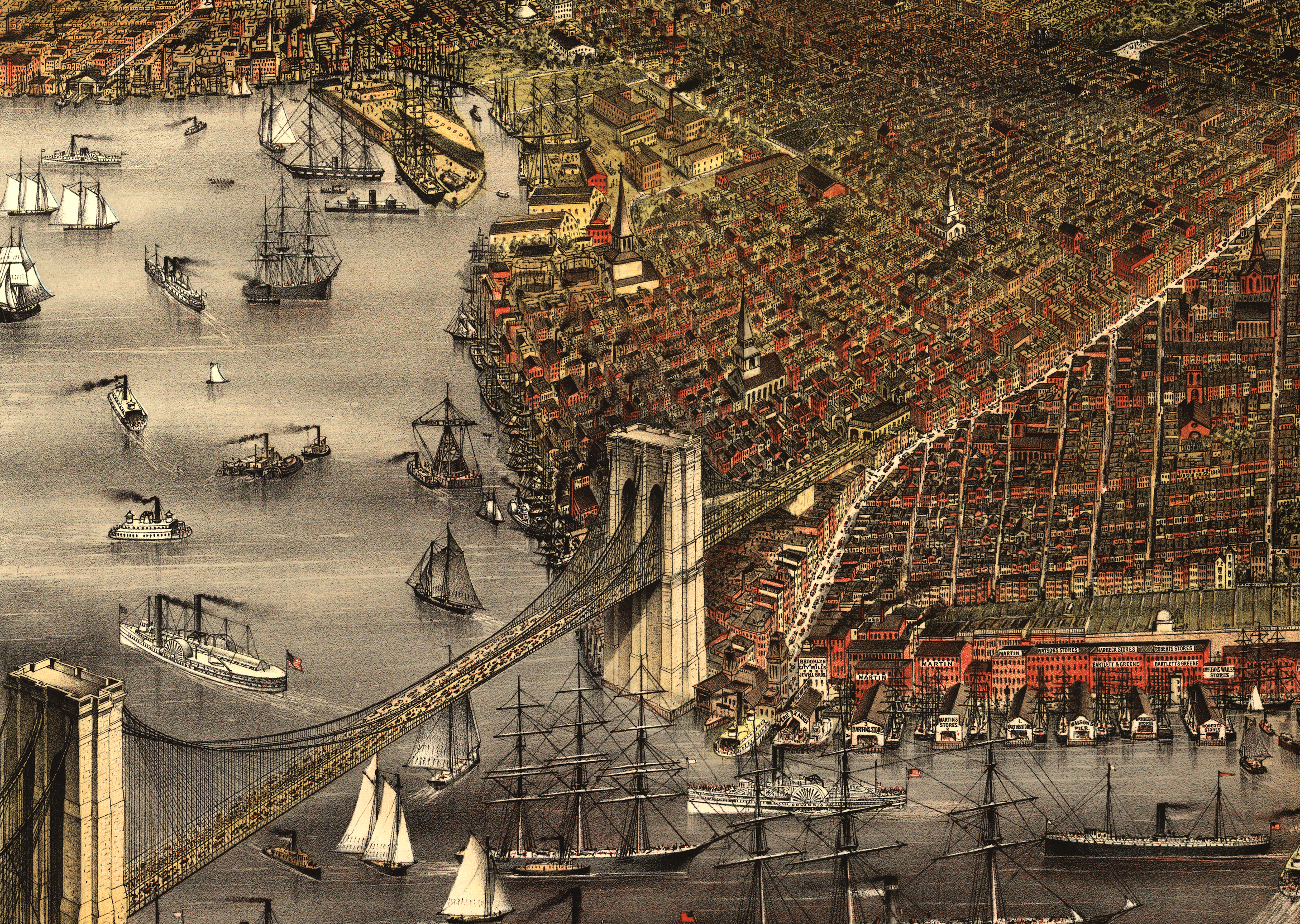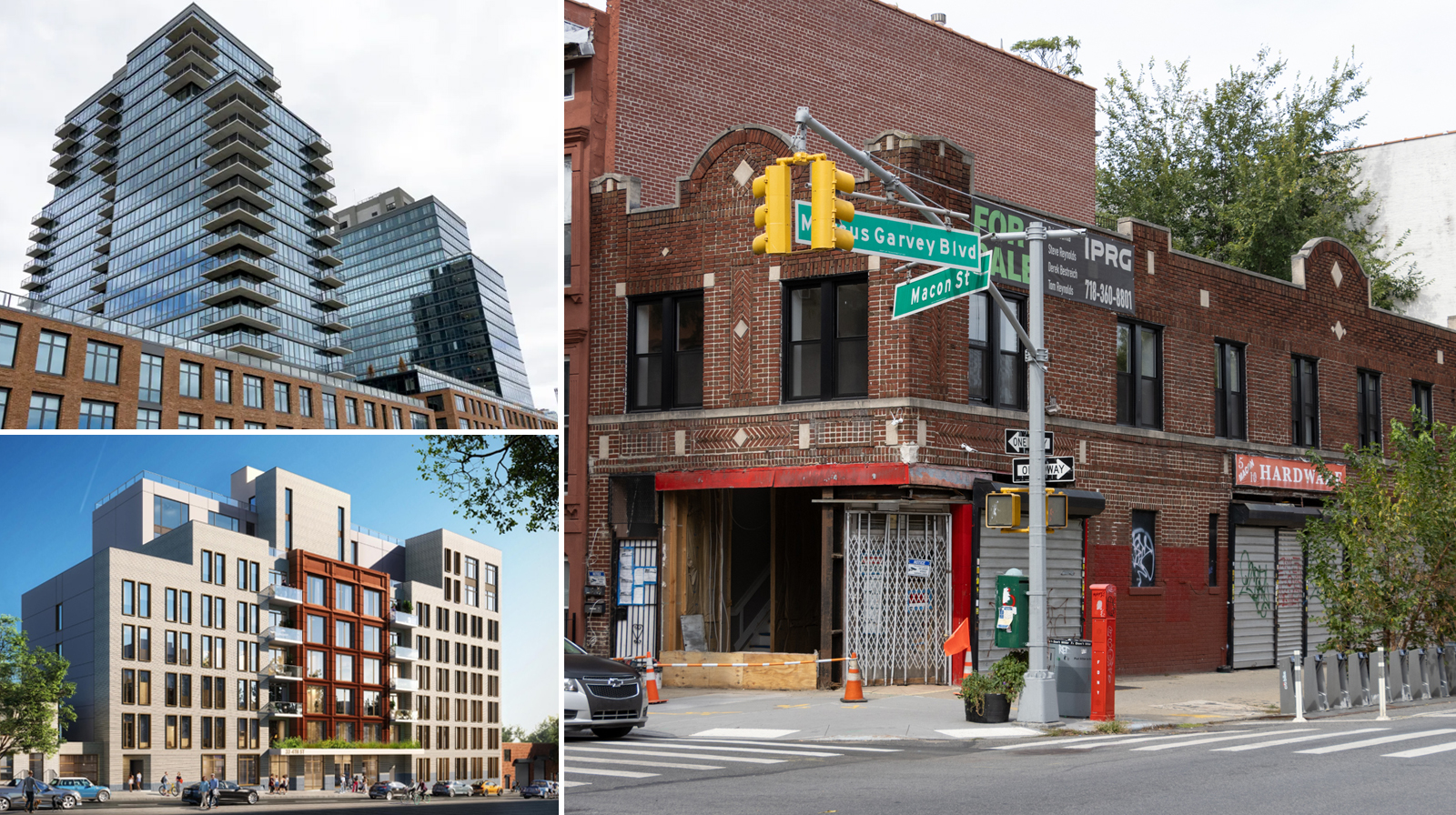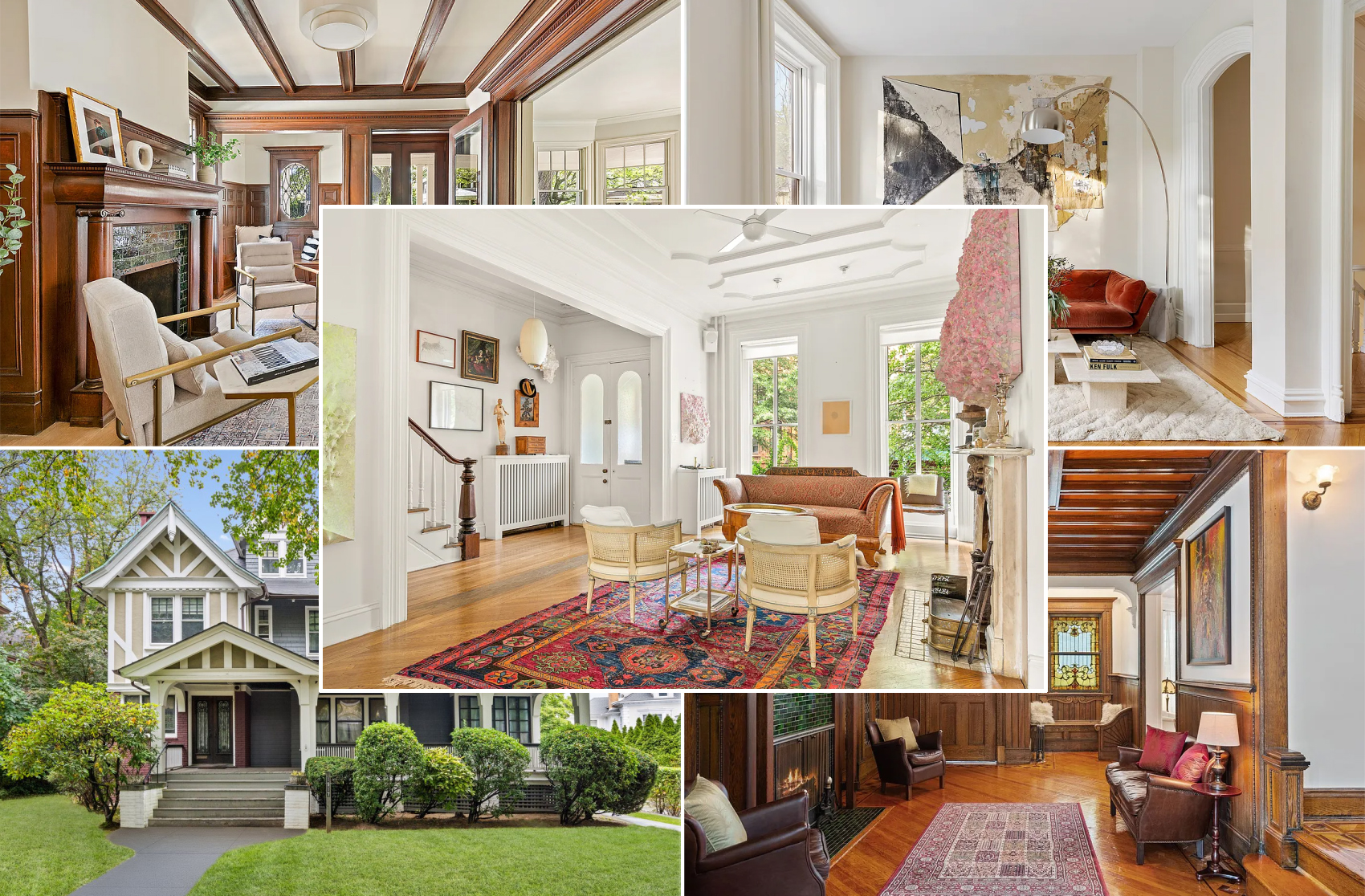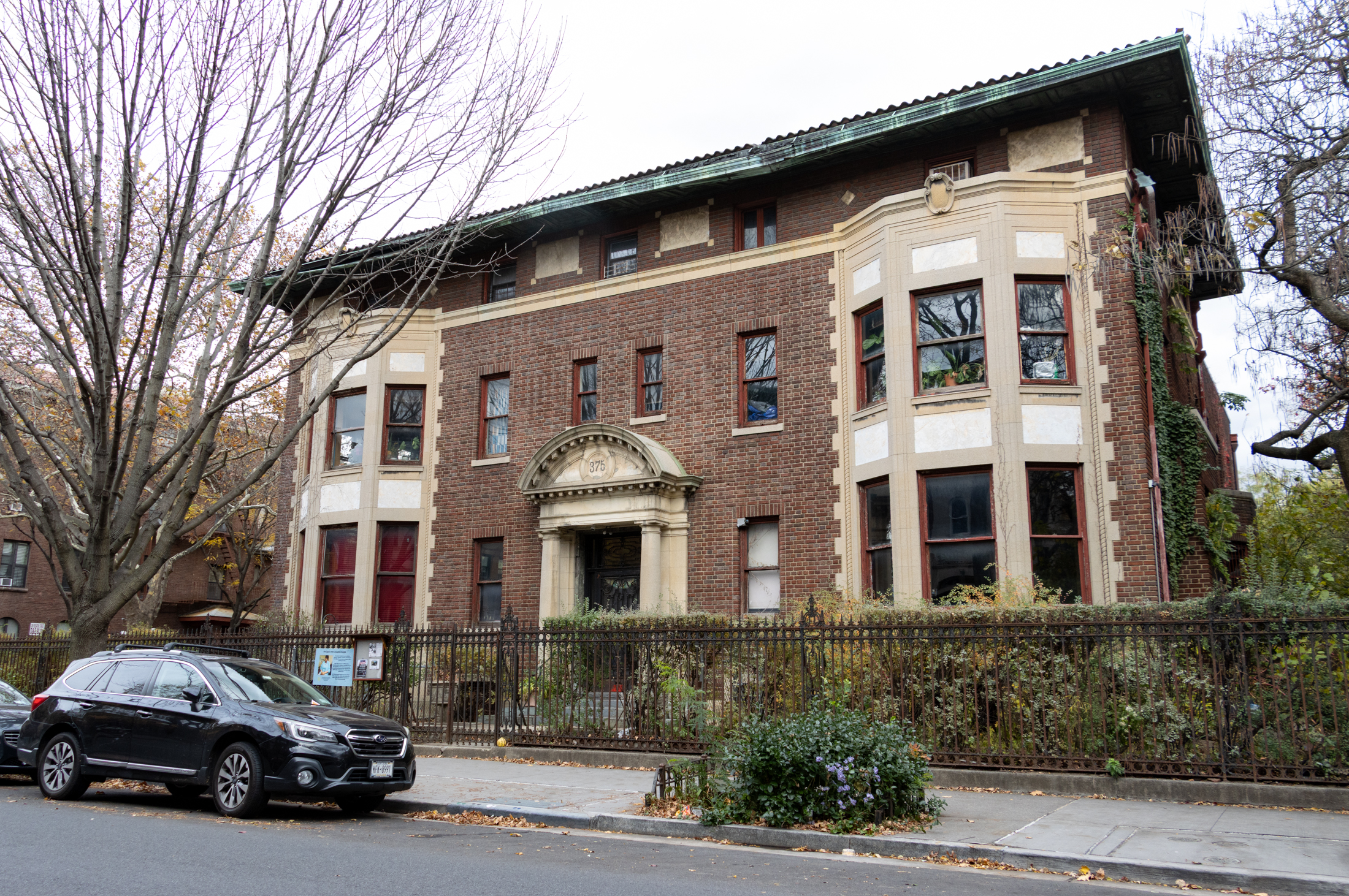Affordable Housing: Promises vs. Reality
The Gotham Gazette published an interesting article this week examining Mayor Bloomberg’s track record in affordable housing. A keystone to the Mayor’s housing plan is inclusionary zoning—granting benefits, such as a 33 percent higher floor to area ratio, to developers who include permanent affordable housing in their plans. Critics say that the plan hasn’t delivered…


The Gotham Gazette published an interesting article this week examining Mayor Bloomberg’s track record in affordable housing. A keystone to the Mayor’s housing plan is inclusionary zoning—granting benefits, such as a 33 percent higher floor to area ratio, to developers who include permanent affordable housing in their plans. Critics say that the plan hasn’t delivered nearly as much affordable housing as promised and supporters say that the plan can work, given enough time. In Greenpoint-Williamsburg, for example, the program has created 768 affordable rentals since 2005, and the goal is 2,200 over the course of a decade. Also, in 2005, the city promised over 6,000 units from already approved projects, but since then only 2,716 have come into existence, mostly in Manhattan, and this figure includes renovations of existing affordable apartments, not just new units. Also, between 2005 and 2008, the city lost 20,000 rent-stabalized apartments to market-rate developments, which tips the mayor’s affordable housing balance into the red. Alternative solutions proposed include mandatory as opposed to optional inclusionary housing, and a new focus on preservation and regulation of existing housing, as opposed to new construction. “The priorities that Bloomberg has put on development of new construction as a solution to affordable housing has been the wrong emphasis,” Mario Mazzoni, the lead organizer at the Metropolitan Council on Housing, told the Gazette. “You cannot build yourself out of the affordable housing crisis in New York City.”
Affordable Housing Not Included [Gotham Gazette]
Affordable housing map, showing completed vs. closed inclusionary housing projects, from The Gotham Gazette





Joe, to me, it makes no sense to not utilize the excellent housing stock that is there, and provide for those in need of homes. Why say, in Stuy Hts, for example, that because we now have million dollar homes, and a gentrifying and changing neighborhood, we should abandon rehabbing the empty apartment buildings on Malcolm X Blvd because those of lesser means cannot hope to live around the corner from millionaires? Of course you can’t change the world in a minute, but programs that rehab our still crumbling inner cities could take advantage of the superior building stock that is there, and work with those eager to better themselves, and get some housing going.
I never said it was a birthright to be able to stay where you are raised, but for most working and middle class people, especially in the outer boroughs, that could still be a reality.
“It’s about an inneficient use of taxes for a plan that exacerbates the problem. ”
Joe;
You’re firing on all cylinders today. How about having politicians who think progressively (in the true sense of that word) and use tax money for PUBLIC works that will enhance the competitiveness of this city, which in turn would generate wealth for all?
How about a true airport link by mass transport? How about burying some of the old elevated roads and trains that blight our neighborhoods (and which would open up more land for more housing)? How about developing Jamaica Bay into the true,top-tier natural park it could be? How about developing a separate storm-sewer sytem, as many modern cities have?
By the way, investing as such would also serve as an economic stimulus.
“These problems aren’t solved by adding a low-rise affordable units onto Northside Piers! Our housing policies are totally misguided and obviously subject to abuse by city politicians. We have to stop falling for this!
Let the natural flow of people shape the city, as it always has, and use our taxes to deal with social problems directly.”
joe- those are points I agree with but they don’t account for human nature. Bloomberg illustrates exactly what the problem is. He concentrates all the resources in Manhattan and richer neighborhoods. My neighborhood, Crown Heights, has become the sock drawer of Brooklyn. We are inundated and overburdened with City social services- beyond what the law even mandates under Fair Share. And now he wants to dump the intake shelter here too. There is no natural flow in this case. And money is not being spent to improve the neighborhoods that need it most. Instead we get the who pays the most taxes argument. I lived for years in Bklyn Heights- downtown Brooklyn was always busy and making money, but it wasn’t as pretty as Bloomberg wanted. So now they are putting moeny into tarting it up, and a lot of that will be at the expense of all the small businesses and not-so-rich customers who made it successful.
Cities are unique organic entities- if one area is failing, it will spread out to the rest. People- especially city planners, don’t seem to get this.
and, let’s be clear that the argument against affordable housing has nothing to do with anyone’s “inflated idea of how wonderful they are and how envious everyone else is of them”
It’s about an inneficient use of taxes for a plan that exacerbates the problem. it’s about disengenous politicians who can give away tax abatements to developers who would build anyway, and in the process claim to be helping common people. It’s also about a warped sense of entitlement people seem to have about where they live and what they should have, regardless of what they contribute.
this is not about building a society for the wealthy, it’s about ending some of the BS that plagues this city.
OK MM, I’ll take your word for the original neighborhood setup as u are the historian…however…
I would summarize your post with: “Most people want to stay where they grew up”: Morris, this is not a birthright. I certainly don’t get a handout to buy a house in the suburb where I grew up. We are lucky that in NYC there are not many more people now than there were in the 50s. As you said, the housing stock is there. Someone may have move once or twice to afford to stay in NYC, but they can. It’s a changing world and a changing city. The stores they grew up with are already gone.
These neighborhoods have all had many different faces over the years. The change is also what makes NYC great. And the change is not just rich white people replacing poor locals! There is a healthy immigration of chinese, eastern europeans, and many others flowing into the city. Check out Bensonhurst, for a nice example of a rapidly changing neighborhood in Brooklyn that has nothing to do with gentrification.
On ghettoization: This seems to be the foundation of the policies that would homogenize the city. We don’t want to create slums like in Delhi or Rio.
what makes a ghetto a ghetto? the lack of transportation in and out of a poor area, the lack of sanitry facilities, health care, schools, opportunity to move out or move up…
These problems aren’t solved by adding a low-rise affordable units onto Northside Piers! Our housing policies are totally misguided and obviously subject to abuse by city politicians. We have to stop falling for this!
Let the natural flow of people shape the city, as it always has, and use our taxes to deal with social problems directly.
benson- LOL.
“rob” check this out… maybe some forward thinking folks can bring Detroit back as has happened in many areas over time.
http://www.crainsdetroit.com/article/20090823/FREE/308239972#
“I think too many people have an inflated idea of how wonderful they are and how envious everyone else is of them. Not. Most people just want to be able to live where they can get to work in a reasonable amount of time with their Metrocard, and raise their families in a safe neighborhood and a sturdy home. They don’t care about wine bars and fancy restaurants”
Worth repeating.
Joe, if you look at any brownstone neighborhood, there are the rich blocks, followed by the more modest blocks, followed by even more modest blocks, followed by flats, commercial and tenement blocks. More often than not, much of it jumbled onto the same block, by design, or by constant rebuilding. While the rich have always had their enclaves, you never had to go beyond a couple of blocks to get to the homes of their employees, and their employee’s employees. There is nothing wrong with that, and makes for the kind of city that functions as an organic whole. Perhaps now, in places like Park Slope, where the tenement apartments are now almost as expensive as an apartment in a mansion, things have changed, but that was not the original design.